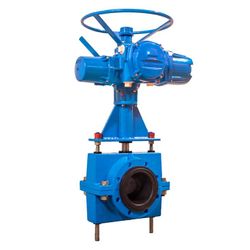
What is a Sprinkler Valve? Working Principle & Function
Automatic irrigation valves are usually in the shape of a globe or an angle (straight or bent), and they open and close using a diaphragm and an electric solenoid. If you want to ensure that your lawn is evenly watered without having to water your plants by hand every day, an underground sprinkler system could be an excellent investment. The flow rate of your system should decide the size of a valve. With a flow rate of 8-10 GPM, 34-inch bore valves are suitable for most household applications (gallons per minute). A 1-inch valve should be utilized if the flow rate exceeds 15 GPM. Locating hidden irrigation valves with a thin rod, such as a long screwdriver, is usually the cheapest and most straightforward method. A concealed valve box can often be found by probing the earth and calculating the approximate location of the irrigation valve.
Need industrial equipment, parts, or services? Submit an RFQ and get quick quotes.
Get a QuoteNeed industrial equipment, parts, or services? Submit an RFQ and get quick quotes.
Get a QuoteTop Companies in Sprinkler Valve
Top Devices in Sprinkler Valve
Related RFQs
Irrigation Valve
LNQ-22111325
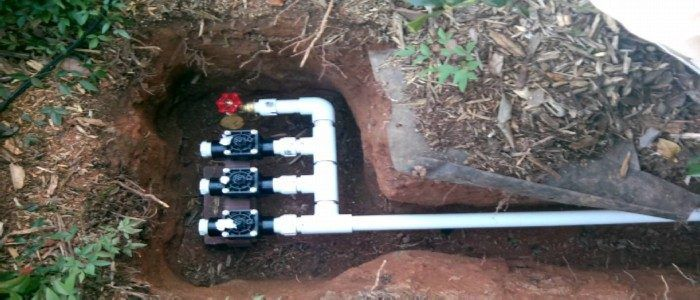
What is Sprinkler Valve?
Any sprinkler system would be incomplete without valves. They provide a link between the system's "brains" (the controller) and the sprinkler heads, allowing water to be turned on and off.
Function of a Sprinkler Valve
Having an automatic watering system installed makes it much easier to maintain a beautiful lawn. Although there are some above-ground systems that are simple to install, below-ground systems are nearly always preferred since the sprinkler valves are more insulated from changing temperatures and are safely hidden from inadvertent damage that can occur above ground.
Knowing how sprinkler valves function can save you a lot of time and money if you have a below-ground sprinkler system or are thinking about getting one put. Knowing how to operate or repair irrigation valves can save you money in the long term because you'll be able to rectify problems, winterize your irrigation system, and possibly expand your zones without having to hire an expert.
Sprinkler valves, also known as irrigation valves, control the flow of water to your grass in an irrigation system. These valves come in a variety of types that provide a constant supply of water to the various control zones you've set up throughout your lawn and garden.
Continue reading to acquire everything you need to know about irrigation valves and what they do. This knowledge will provide you with some insight into the mechanics of the lawn watering process and why these valves are so important.
Working Principle of a Sprinkler Valve
When you first look at a sprinkler system, it can be a little perplexing. Watering your grass and landscaping may appear to be a simple task, but a sprinkler system is exactly that. It's all part of a system. This means that it requires a number of distinct components in order to work properly. Sprinkler valves are one of the most important parts of a sprinkler system.
Controlling the flow of water to the irrigation system is the job of irrigation valves. The majority of today's valves are made of high-quality industrial plastic or PVC.
In rare cases, you can even get them in a brass design. If the valves are situated above ground and will be exposed to sunlight, brass valves are frequently chosen.
You have two options for controlling the irrigation valves. To switch on the water flow, the automatic valves are regulated by a timer or other signaling mechanism. Today, this is the most usual and popular installation method.
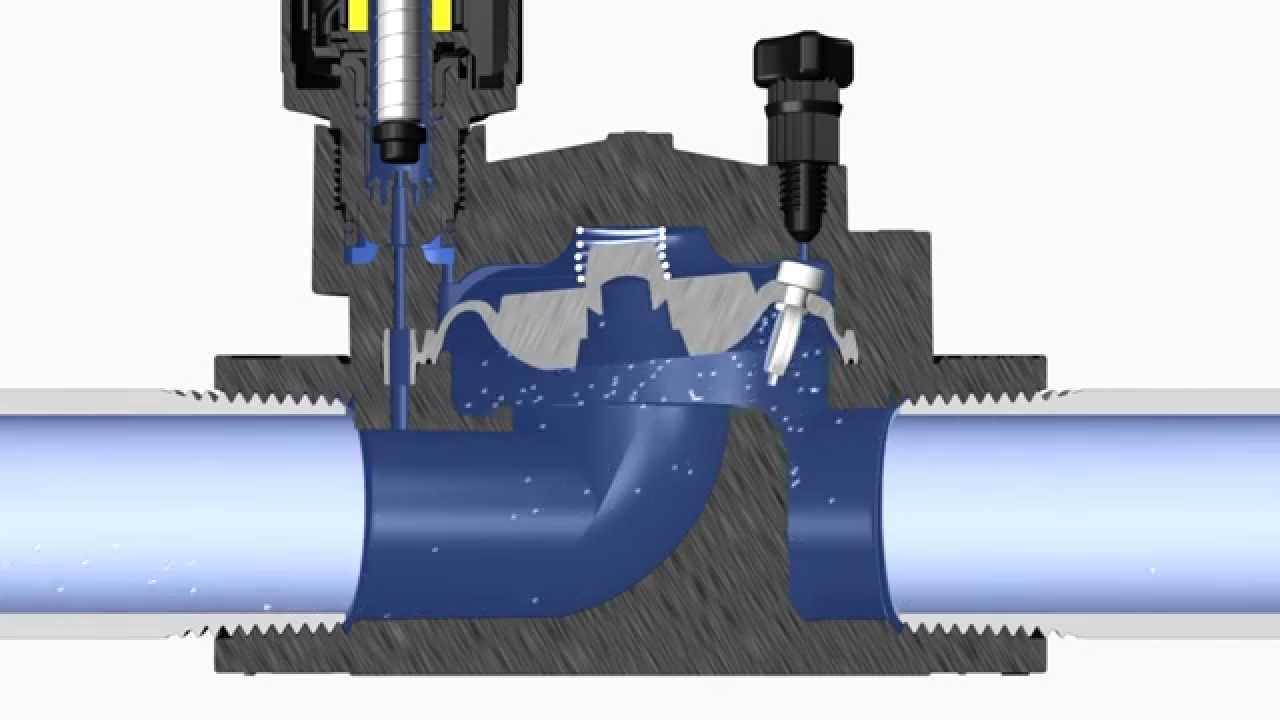
Manually operated valves can also be placed. Using a handle to turn the valves on and off with your hand as the power source is a simple way of manually regulating the irrigation valves.
A sprinkler system's overall function is dependent on its valve. Your grass or garden would drown if you couldn't adjust the water pressure and supply running through the sprinkler heads.
You can find a great deal of Sprinkler Valve Companies and Manufacturers in Linquip, along with expert Service Providers.
Components of a Sprinkler System
We understand that sprinkler systems might be perplexing. Whether you're looking for irrigation valves, trying to figure out what wire does what, or attempting to figure out how to use your old controller, we're here to help. The following summary will assist you in understanding what you're dealing with and becoming proficient at lawn care. Learn about the main components of a typical sprinkler system that uses city water in the sections below.
Backflow Preventer
Water is only transferred in one direction in most sprinkler systems: from the city to you. Because the direction of the water can be mistakenly reversed, the backflow prevents any tainted water from returning to your pure water source. The backflow is switched on in the spring when you first start watering your lawn and then turned off in the autumn when you've finished for the season.
Sprinkler Valve Box
Your manifold and valves will most likely be housed in your sprinkler valve box. On rare occasions, valves will be visible above ground. Valve boxes are usually found at the perimeter of your home, so start there when looking for your valves!
Manifold
Your valves are all independently attached to the manifold, which distributes water to them.
Pump Control Valve
To reduce system hydraulic surges, a pump valve will automatically manage the start-up and shutdown of water flow.
Master Valve
A master valve is an electric valve that is situated at the irrigation system's main water source. Because the leaking station valve can only leak while the master valve is delivering pressure to the system, a master valve will considerably limit any water loss caused by a leaky station valve. A master valve will also manage water loss if the main irrigation line is damaged, allowing the main to be repaired without shutting off the water supply. An electric master valve is similar to the type of valve used for zone valves, except it is situated upstream on the main line from the zone valves. It's connected to your controller's "master" or "pump" connection.
Electric Solenoid Valves
These valves are driven by your controller's 24 volts (VAC). When you switch on a valve, the controller sends 24VAC to the solenoid. There are two wire leads that extend from the solenoid. One wire connects to the "hot wire," which gets the 24 VAC from the controller, and the other to a "common wire," which serves as a neutral/return wire. The "common wire" is connected to all of the valves in your system and is run in series. The "hot wires" run from the controller's each zone to each valve in your lawn/property. As a result, the controller controls each zone independently.
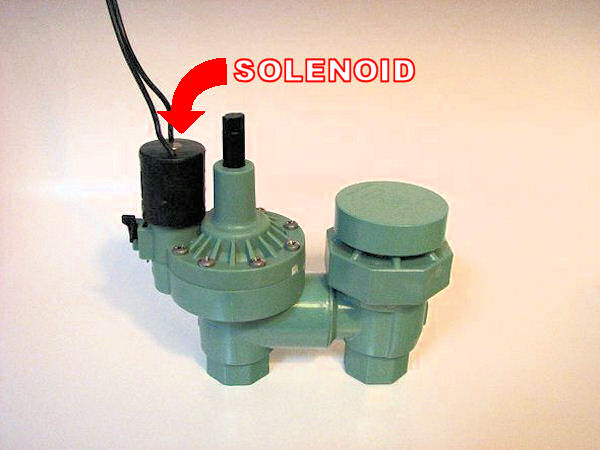
Lawn Nozzles
Sprinkler heads are classified into three varieties for our purposes based on the average amount of precipitation they release, measured in inches per hour. (We've obtained averages for these computations. It's possible that they don't reflect your sprinklers specifically).
Linquip offers a wide variety of Distributors, Experts, and Equipment for Sale of Sprinkler Valves.
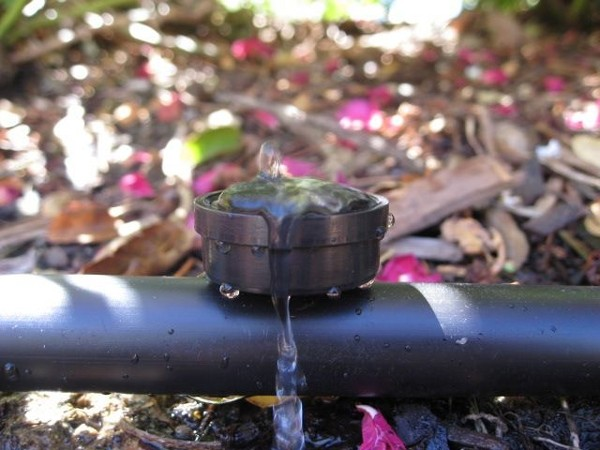
FAQs about Sprinkler Valves
- What are the different types of sprinkler valves?
In irrigation systems, there are three types of valves: gate valves, ball valves, and electric valves.
- Which valve is used in a sprinkler system?
On an automatic sprinkler system, the main drain, also known as the test valve, drains water from the system for maintenance purposes. The main drain is also used to check the sprinkler system's water supply.
- What causes a sprinkler valve to not shut off?
Debris lodged in the valve is one of the most common reasons why a sprinkler zone won't shut off. If debris gets into the valve, it might cause the diaphragm to stay open. You'll need to clean out the valve to fix this problem.
- Should sprinkler valves be open or closed?
Unless it's the valve farthest from the main water source, make sure the sprinkler valve is closed. When you turn on the water, leave this valve open and remove the sprinkler nozzle to allow air to escape.




